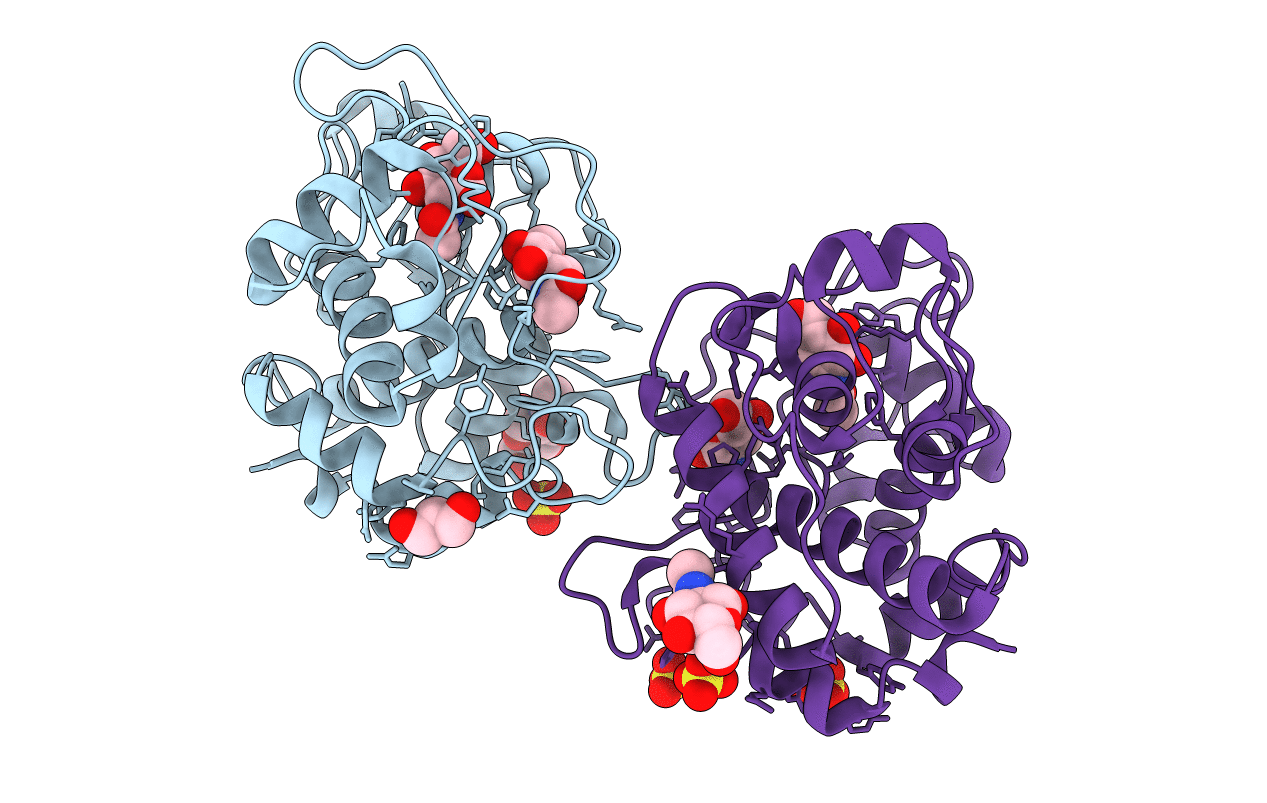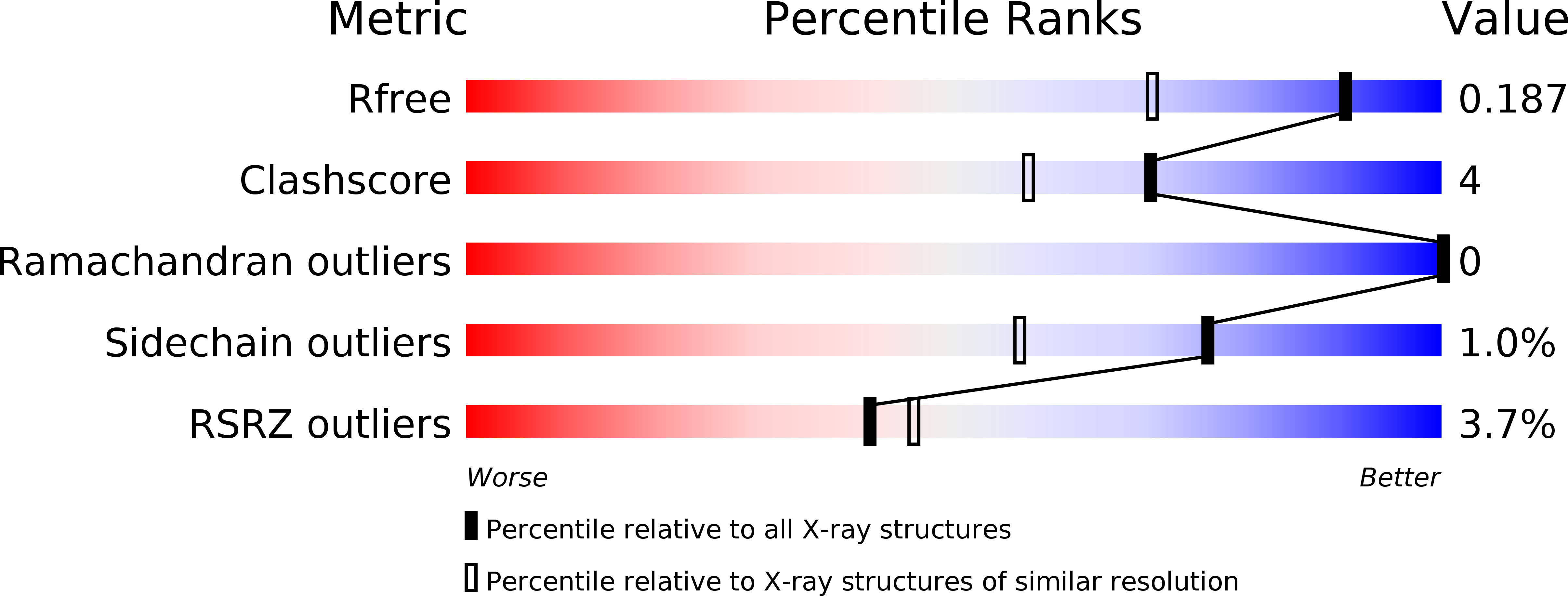
Deposition Date
2008-04-03
Release Date
2008-08-05
Last Version Date
2024-10-16
Entry Detail
PDB ID:
3CQL
Keywords:
Title:
Crystal Structure of GH family 19 chitinase from Carica papaya
Biological Source:
Source Organism:
Carica papaya (Taxon ID: 3649)
Method Details:
Experimental Method:
Resolution:
1.50 Å
R-Value Free:
0.18
R-Value Work:
0.16
R-Value Observed:
0.16
Space Group:
P 1 21 1


